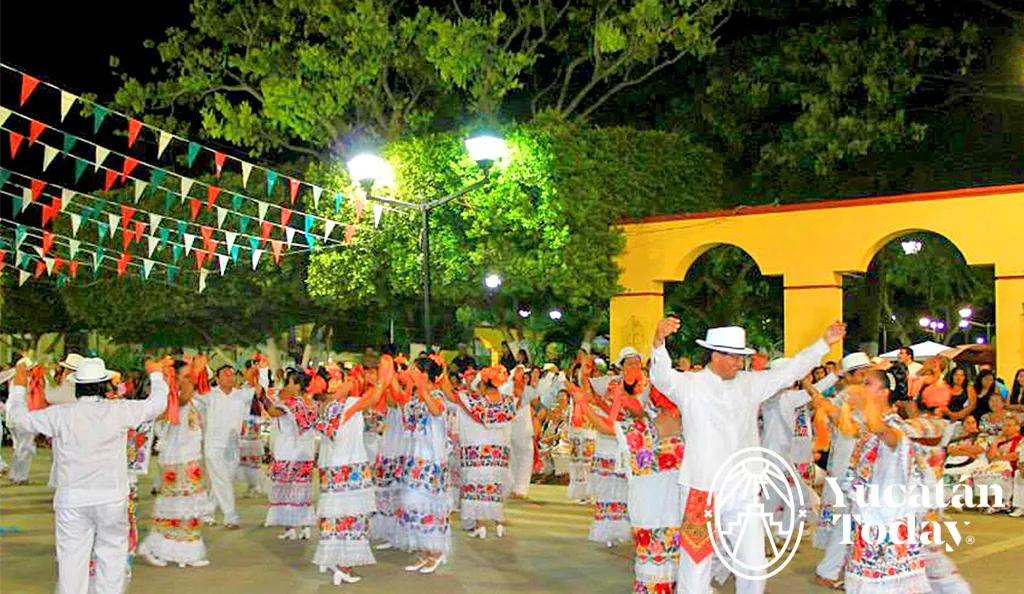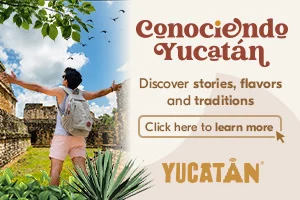Two notable traditions of the Yucatecan people are the “jarana” and “vaquería”. They go inevitably hand in hand,Two notable traditions of the Yucatecan people are the “jarana” and “vaquería”. They go inevitably hand in hand, making it .webp) impossible to think of one without the other. Currently there are events in the historic center of Mérida, displaying these and other traditions, in order to rescue and preserve them from the mutations they have experienced over time.
impossible to think of one without the other. Currently there are events in the historic center of Mérida, displaying these and other traditions, in order to rescue and preserve them from the mutations they have experienced over time.
History of the vaquería
At the same time as the start of the exportation of cattle products and subproducts, and the social progress of the Mestizo, a fusion of ethnic elements was generated, resulting in the origin of new Mestizo musical sounds which reached their peak in the middle of the 18th C.
This great blend of ethnic elements included the adoption of other musical cultures, resulting in the origin of the vaquerías, a festival at which the cattle branding and the counting of the cattle in the haciendas and ranches were celebrated. The women were called “vaqueras,” and they wore the same hats as the men who were called “vaqueros”; therefore the fiesta was called the “vaquería”. After the branding of the cattle, the women saw to their guests, and then they danced to old Maya songs influenced by the music of Spain. The master of ceremonies formed the group into two lines: one of men and the other of women, and upon the signal of his handkerchief the dance was begun. The inhabitants of the hacienda were in party mode, and all other activities came to a halt during the vaquería!
Today, the vaquería consists of three celebrations: it begins with a mass, then a bullfight, and it ends with the dance, during which, with their famous “jaranas”, the Yucatecans display their great ingenuity and joy.
Jarana
The jarana is the typical dance of Yucatán. There are two types: the 6×8 jarana, a type of tap dance, is the grandchild of the  Andalusian “aire” and child of the Mestizo song; and the 3×4 jarana, which developed later, is a type of “aire de jota aragonesa” waltz. Originally it was only a dance, but as time went by, rhyming texts were added.
Andalusian “aire” and child of the Mestizo song; and the 3×4 jarana, which developed later, is a type of “aire de jota aragonesa” waltz. Originally it was only a dance, but as time went by, rhyming texts were added.
The jarana is a tap dance without fixed steps and no differentiation between the men and the women, and each can make his/her own dance creation. The posture is erect due to the solemnity of the aboriginal dances, but during the waltz sections they make turns while raising their arms in a straight line, like the “jota” dancers, snapping their fingers to represent the Spanish castanets. Two beats of the drum indicate the start of the dance.
If at the end of each jarana there are only a few couples remaining to compete for endurance, the euphoria of the crowd becomes more and more vocal, cheering on their favorite dancers, and identifying the winners by stacking various hats on top of their heads, to symbolize a crown.
It is very common that right in the middle of a dance, one of the dancers will stop the music and shout “bomba!”. At this moment he or she recites a humorous verse to his/her partner, always within the limits of decency. Originally from Spain, it represents a spark of ingenuity which provokes an outbreak of laughter and joy.
You can see a vaquería show for free every Monday at 9 pm outside the Palacio Municipal. Calle 62 x 61 y 63, Centro.
Source: “Bailes y Danzas Tradicionales de Yucatán” by Luis Pérez Sabido
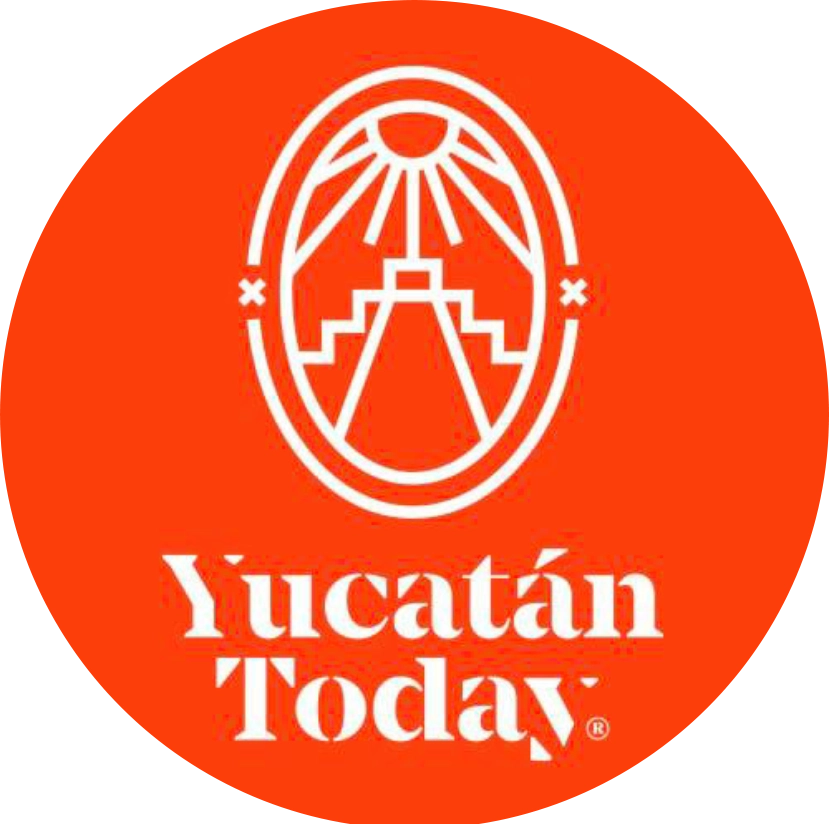
Author: Yucatán Today
Yucatán Today, la compañera del viajero, es un medio bilingüe de información turística sobre destinos, cultura, gastronomía y el qué hacer en Yucatán con 37 años de trayectoria.
¡Receive the latest articles and much more from the best of Yucatán in your email!
Related articles
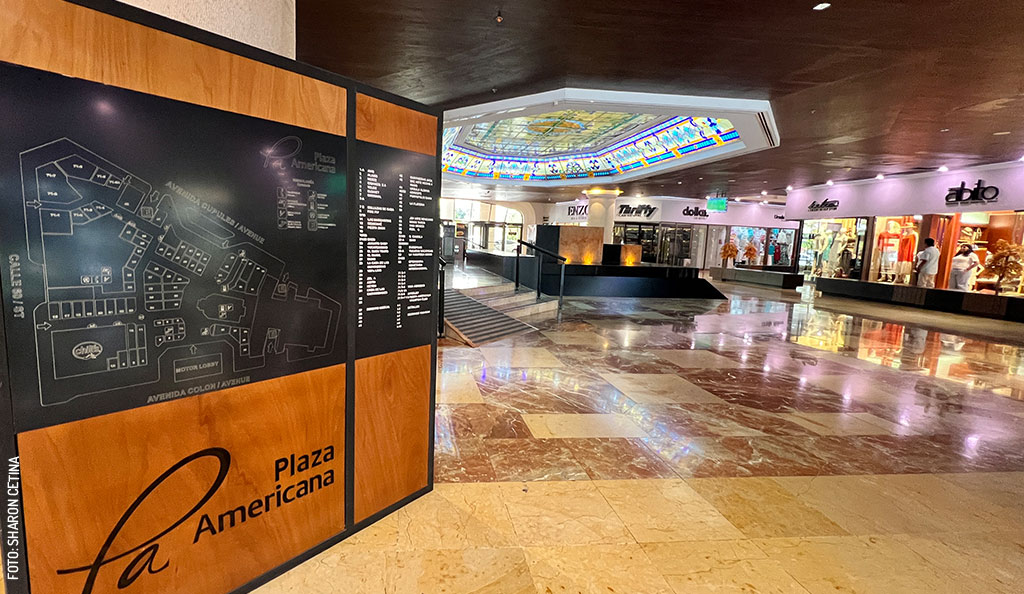
Plaza Americana, in the Heart of Mérida
Discover Plaza Americana in Mérida: handicrafts, jewelry, clothing, cigars, restaurants, and services. Authentic local finds in the heart of the city...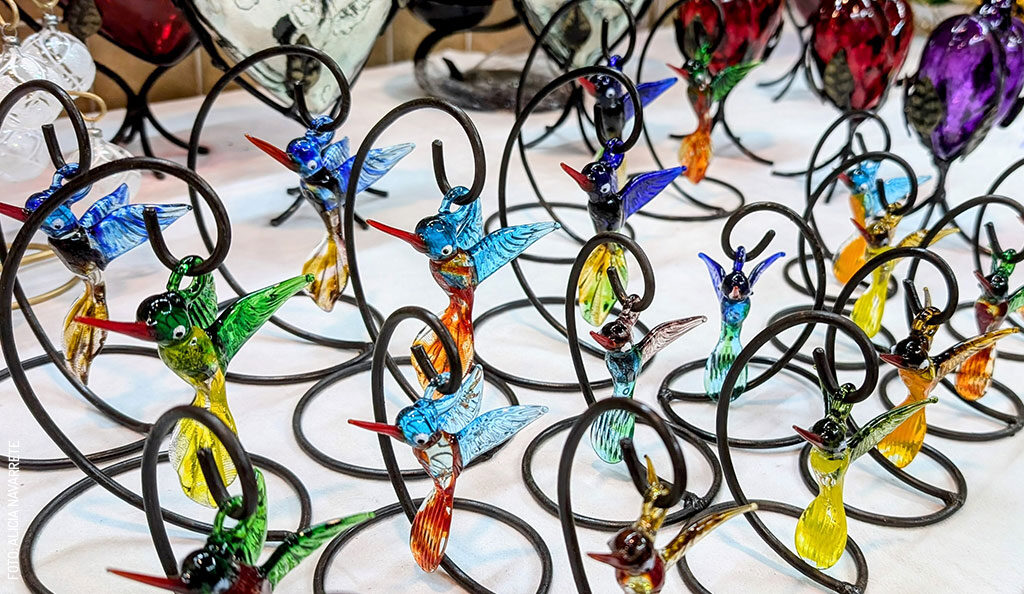
Explore a World of Wonders at Expo TlaquepArte
From March 7 to 10, the dazzling Expo TlaquepArte, México’s most important international exhibition of handcrafts, jewelry, and home decor, returns...



